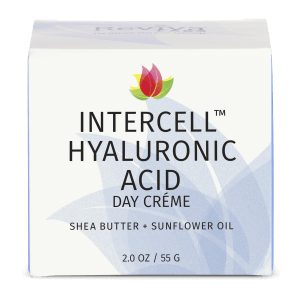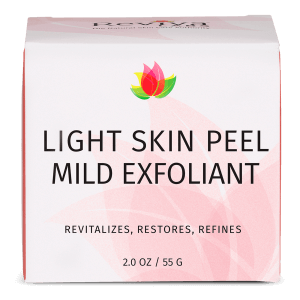Ingredients, Reviva Labs, Skin Care
The Role of Skincare Delivery Systems
Skincare products are only as effective as their ability to deliver active ingredients where they are most needed. That’s where skincare delivery systems come into play. These sophisticated technologies ensure that beneficial components such as vitamins, peptides, and retinoids penetrate the skin’s outer layer to work more effectively at a cellular level. A well-designed delivery system can make the difference between a product that visibly improves the skin and one that simply sits on the surface.
Understanding Skincare Delivery Systems
A delivery system in skincare refers to the technology used to transport active ingredients into the skin. These systems are crucial because the skin acts as a barrier, primarily designed to keep out harmful substances. Additionally, traditional lotions and creams stay mostly on the surface, providing minimal absorption of key ingredients. Effective delivery systems ensure that these ingredients reach the deeper layers of the skin where they can exert their effects, leading to better hydration, increased collagen production, and reduced signs of aging.
Types of Delivery Systems in Skincare
There are several types of delivery systems that have been developed to enhance the performance of skincare products:
Liposomes and Niosomes: These are tiny spherical structures that encapsulate active ingredients. Liposomes are made from phospholipids, which are similar in structure to the skin’s own cells. This similarity or compatibility allows the liposomes to merge with the skin’s lipid barrier and release their contents gradually. This method not only increases ingredient stability but also enhances absorption into deeper skin layers. Niosomes are made with vesicles. These small, fluid filled sacs are designed to act like a skin cell’s membrane that allow the encapsulated ingredients to be released in a controlled and stable manner.
Microemilsions and Nanoemulsions: These are fine, stable dispersions of oil and water that improve the solubility of active ingredients. Their tiny droplet size allows them to penetrate the skin more easily, providing better delivery of compounds that are otherwise difficult to absorb.
Solid Lipid Nanoparticles (SLN): This technology encapsulates ingredients in solid lipids, offering controlled release properties. These particles are biodegradable and have a high tolerance by the skin, making them ideal for sensitive skin types.
How Delivery Systems Enhance Product Performance
Delivery systems are designed to protect active ingredients from degradation caused by environmental factors like light and air. This protection is crucial for maintaining the potency of ingredients such as vitamin C, which is known for its tendency to oxidize and lose efficacy when exposed to air. By using encapsulated forms of vitamin C, products can ensure that the antioxidant remains stable and effective until it penetrates the skin.
Furthermore, delivery systems can target specific areas of the skin, which is particularly beneficial for treating localized issues like dark spots or wrinkles. For example, encapsulating brightening agents ensures they are released directly onto areas with hyperpigmentation, maximizing their lightening effect without affecting the surrounding skin.
The strategic use of delivery systems not only improves the effectiveness of active ingredients but also enhances the sensory qualities of the product. Many skincare users prefer products that feel lighter and less greasy on the skin, attributes that can be achieved through advanced delivery technologies like microemulsions.
Environmental and Health Considerations
Advanced delivery systems not only enhance product performance but also align with growing consumer demand for safety and environmental sustainability. Many modern systems use biodegradable components that minimize ecological impact. Additionally, these systems can lead to formulations that require fewer preservatives, reducing the potential for allergic reactions and skin sensitivities.
Future Directions in Skincare Delivery Technology
As research progresses, the future of skincare delivery systems looks promising. Innovations are focusing on even more personalized approaches, such as responsive delivery systems that release ingredients in response to specific environmental triggers like changes in pH or temperature. These smart delivery systems could revolutionize how we treat skin, making it possible to tailor skincare regimes more precisely according to individual needs and environmental factors.
Overall, the development of sophisticated delivery systems is a critical factor in the efficacy of skincare products. By enhancing the stability, penetration, and release of active ingredients, these technologies improve the product’s performance, leading to healthier skin and more pronounced cosmetic benefits. As the field advances, we can expect skincare products to become even more effective and personalized, changing how we approach skin health in profound ways.











